Different types of forests with high biodiversity
Photos from Sweden and Norway. The Red list categories in the photo captions are from the Swedish National Red List 2020.
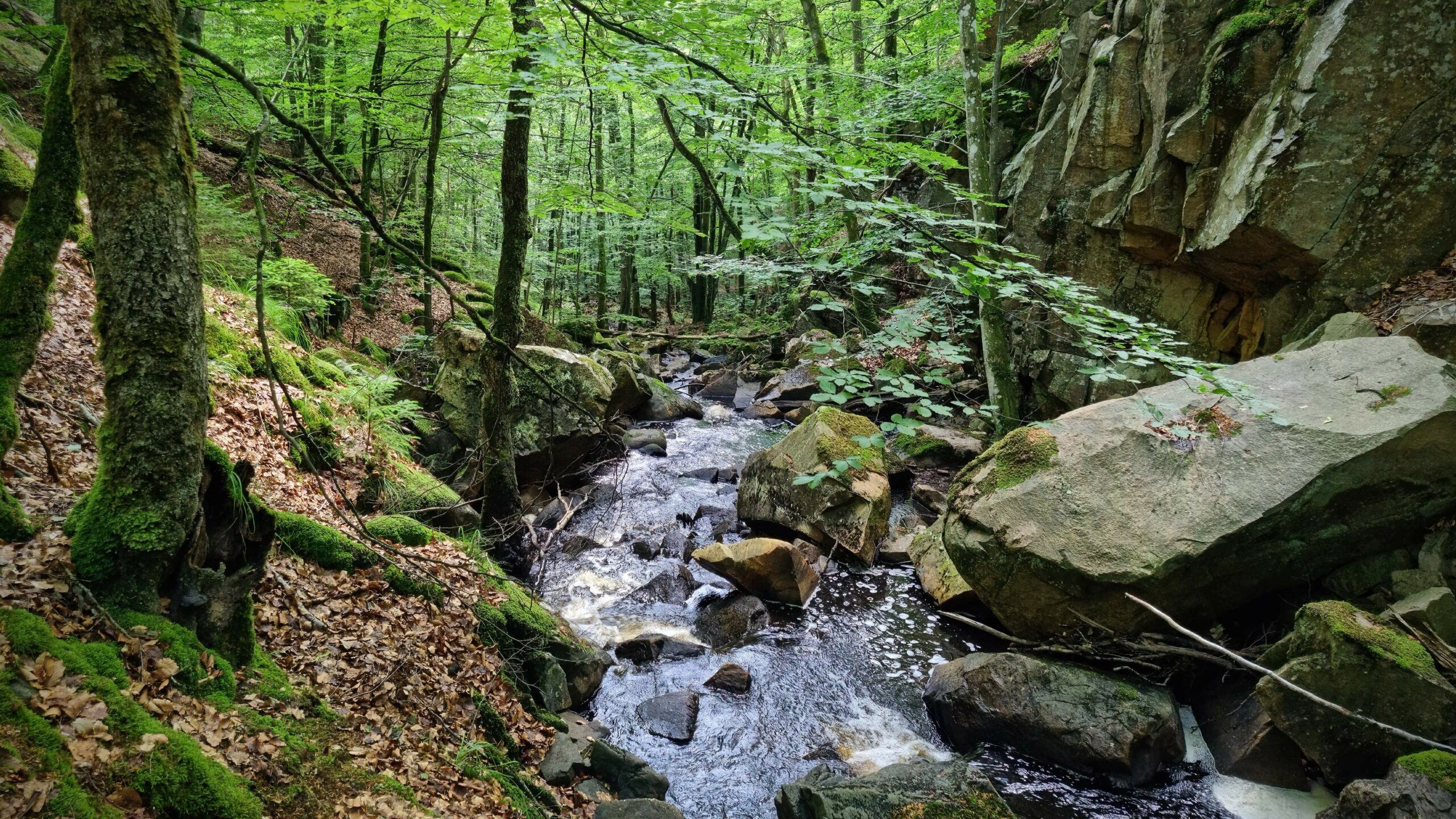
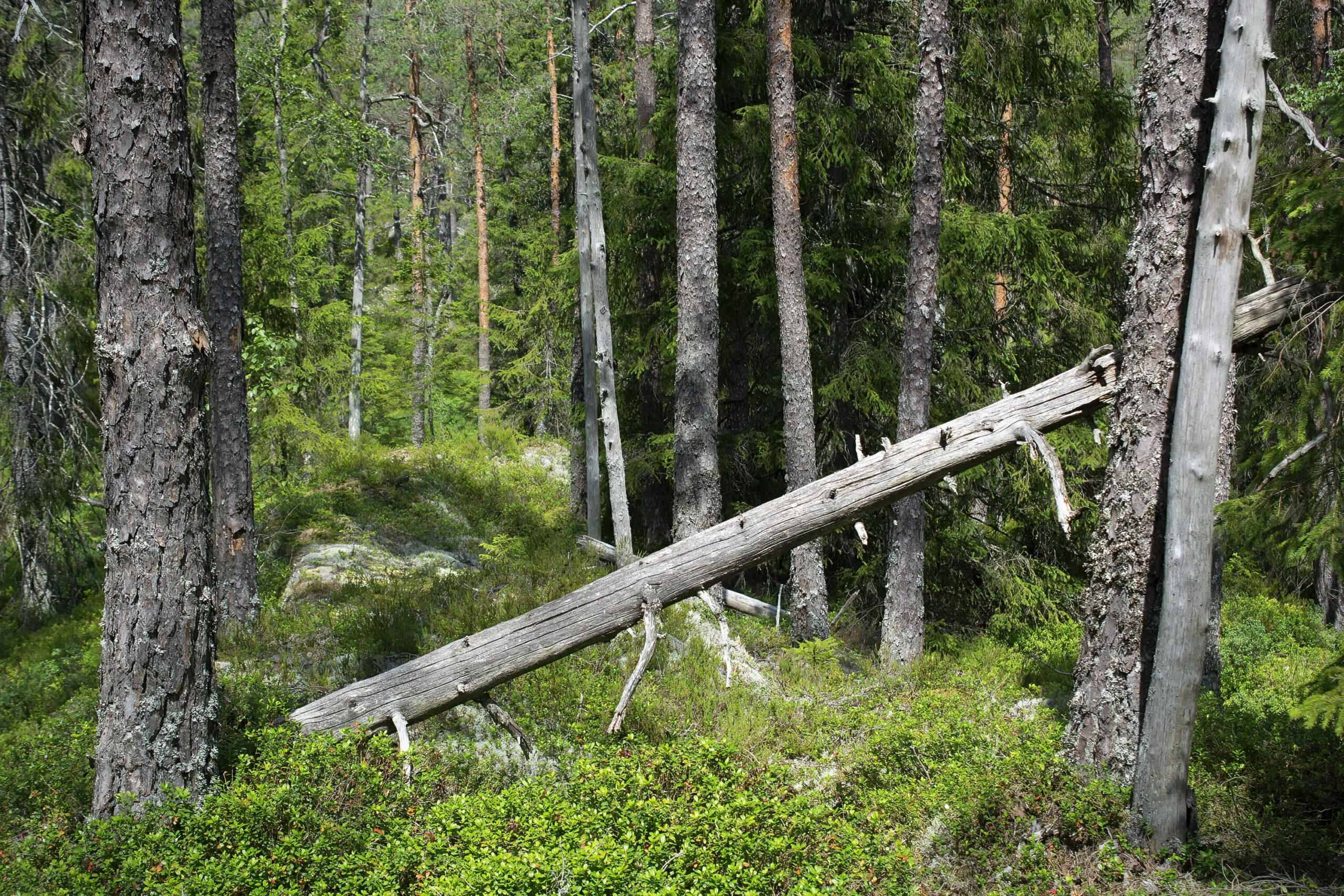
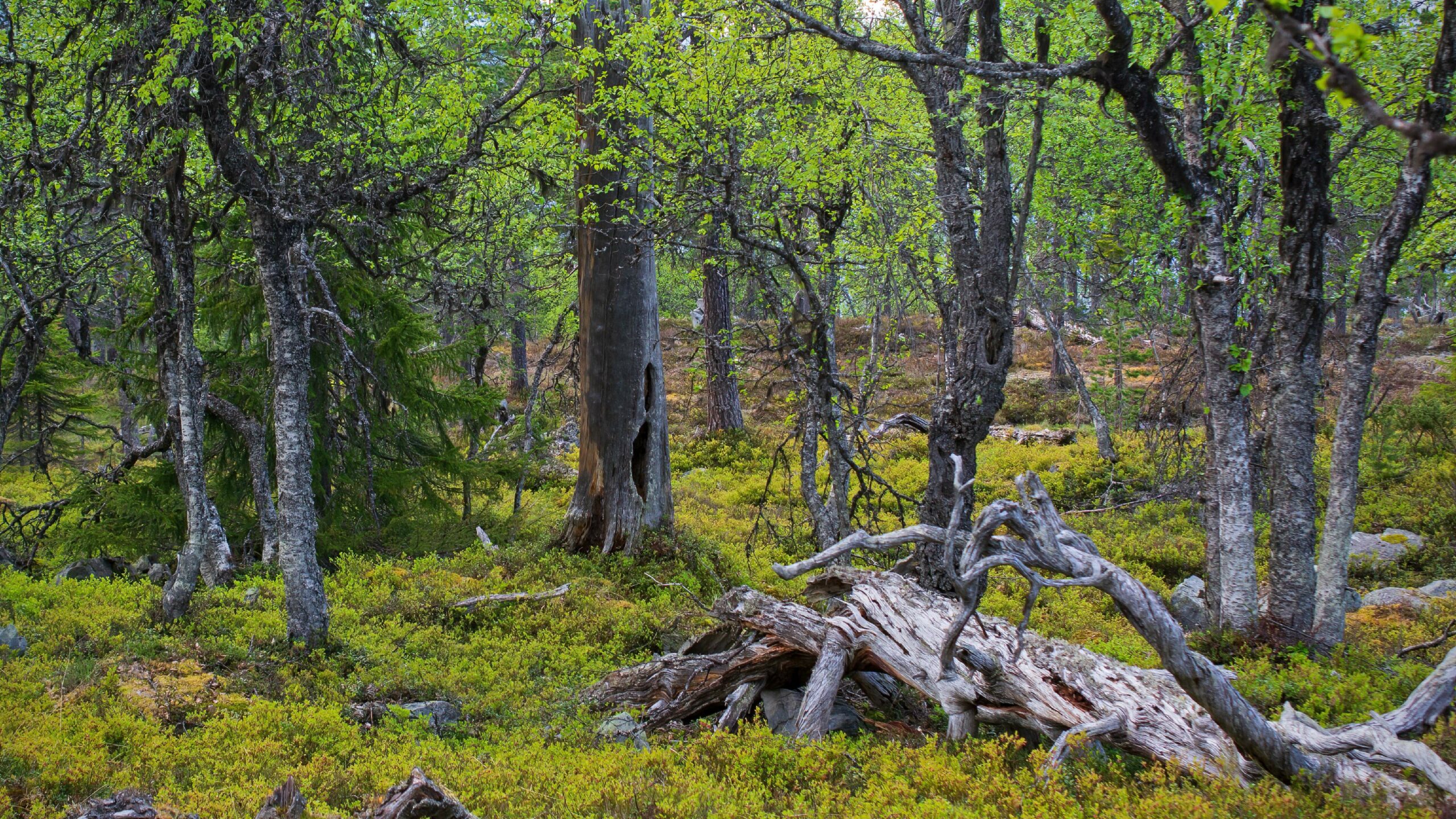
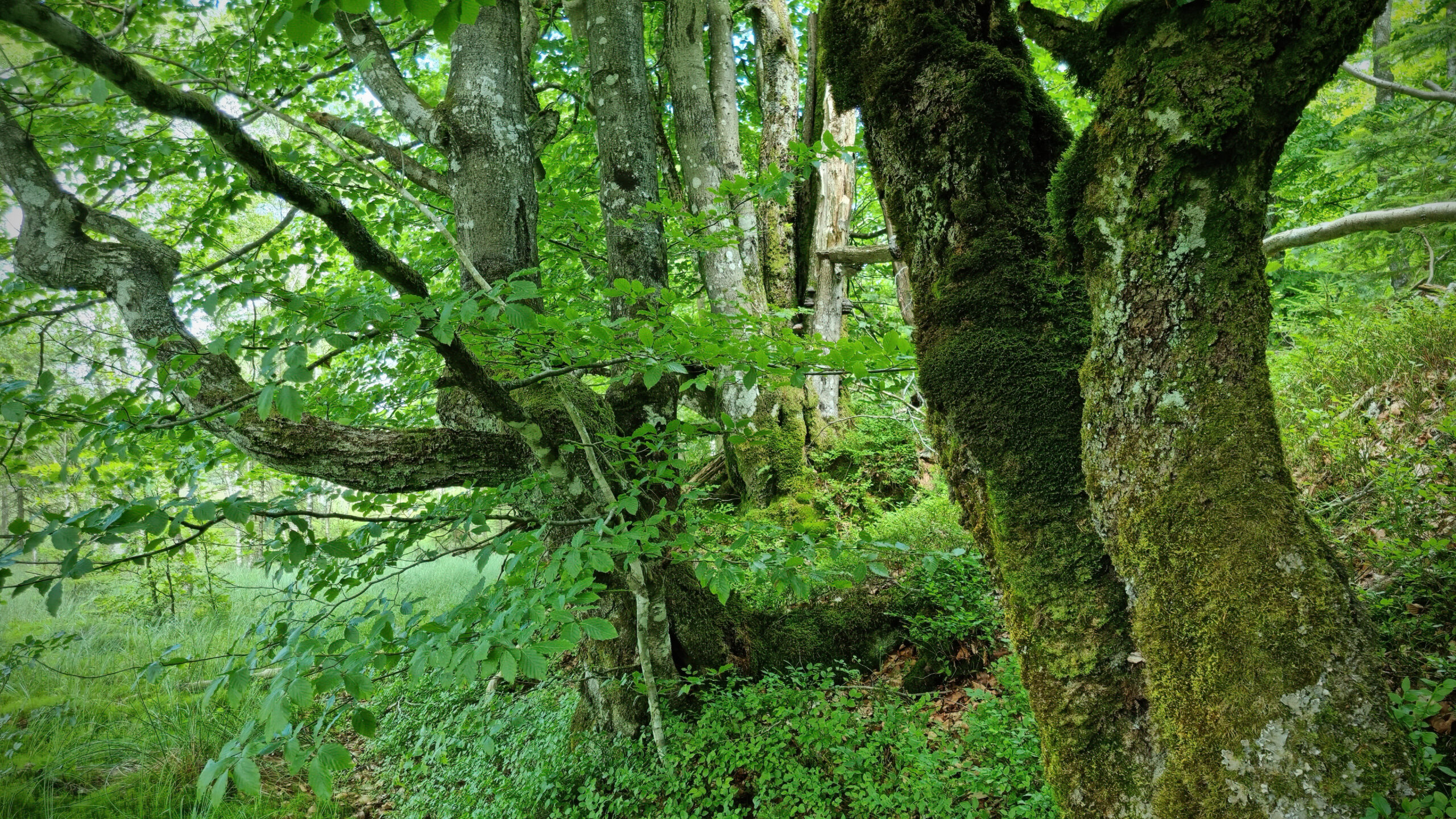
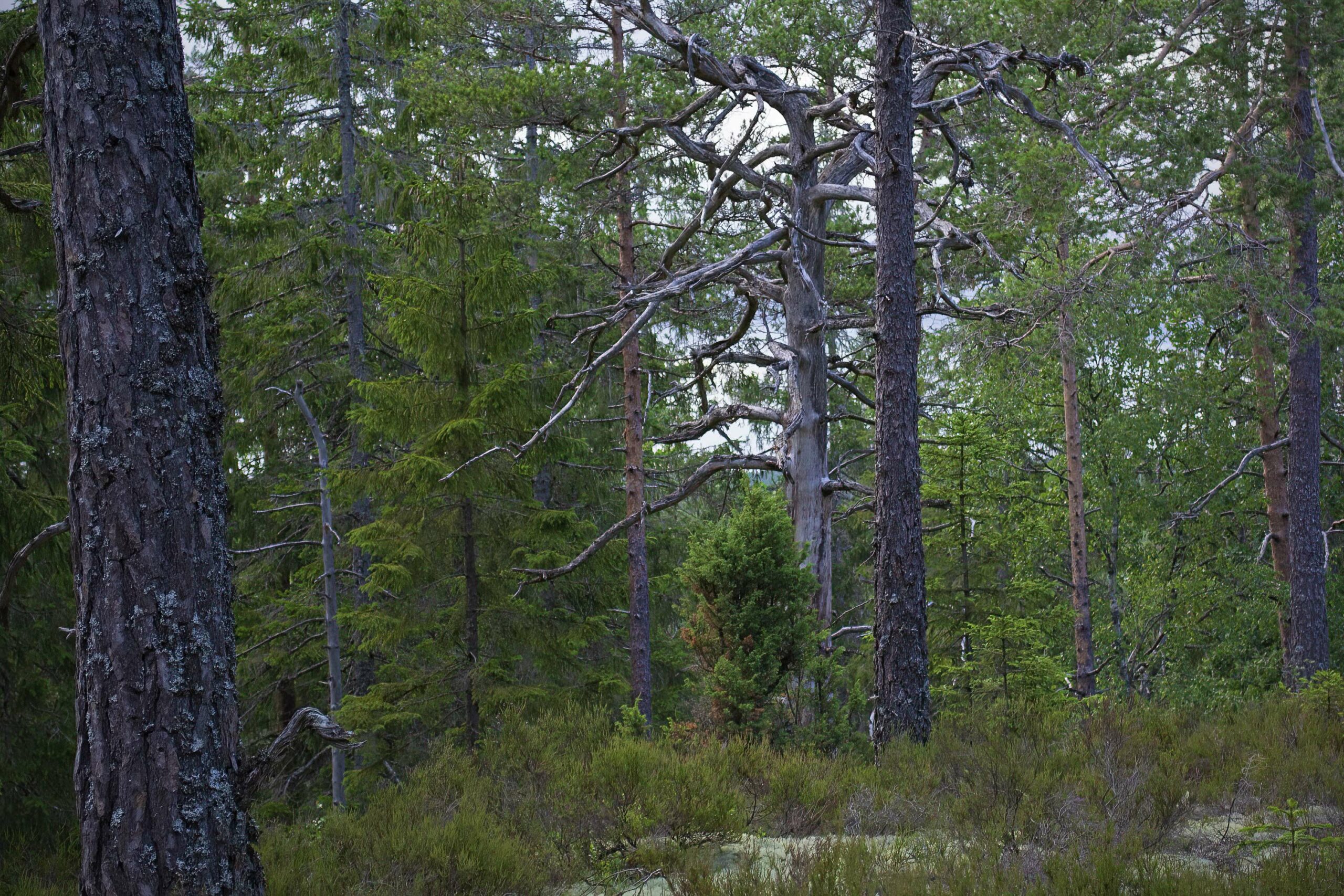
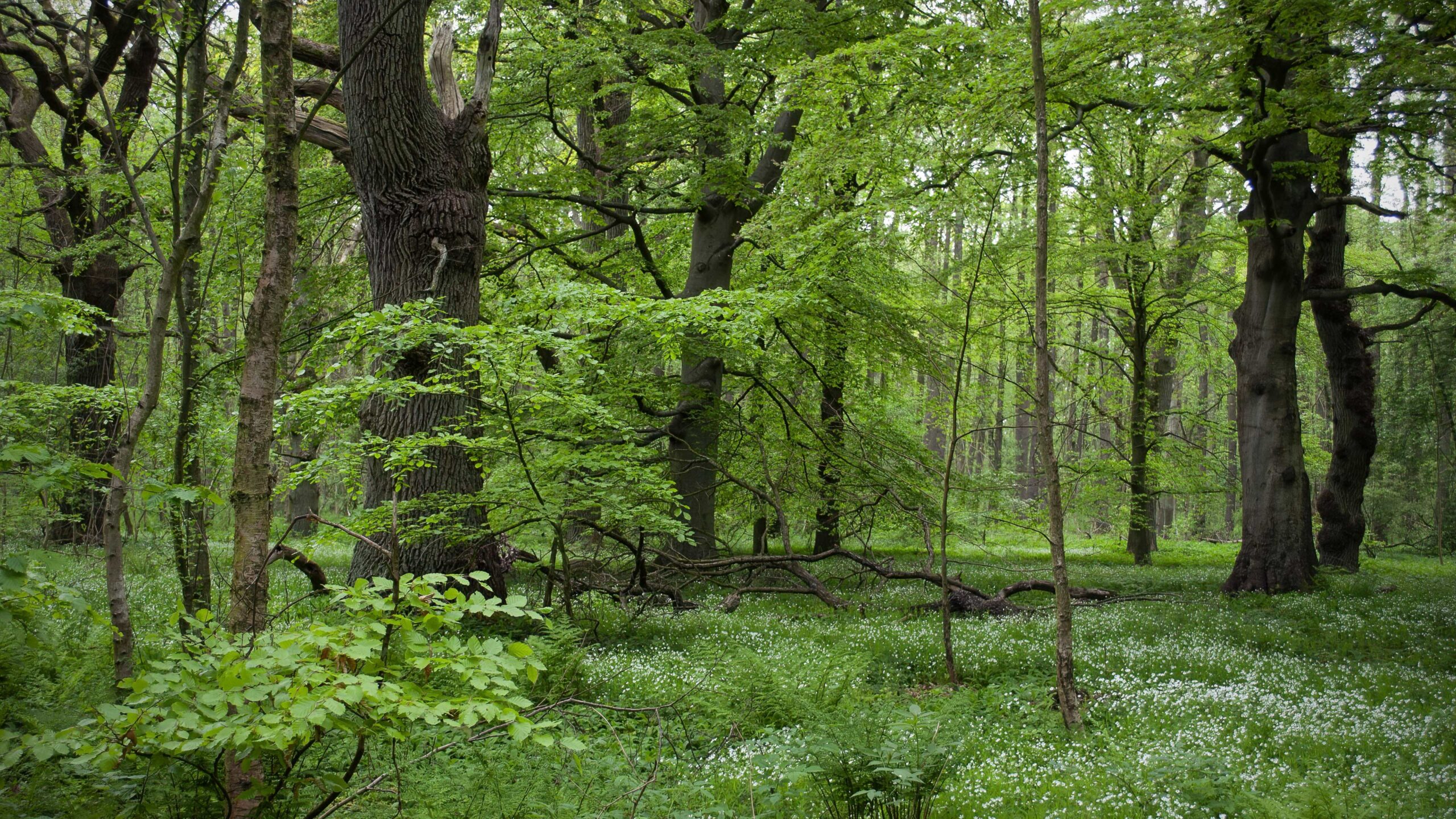
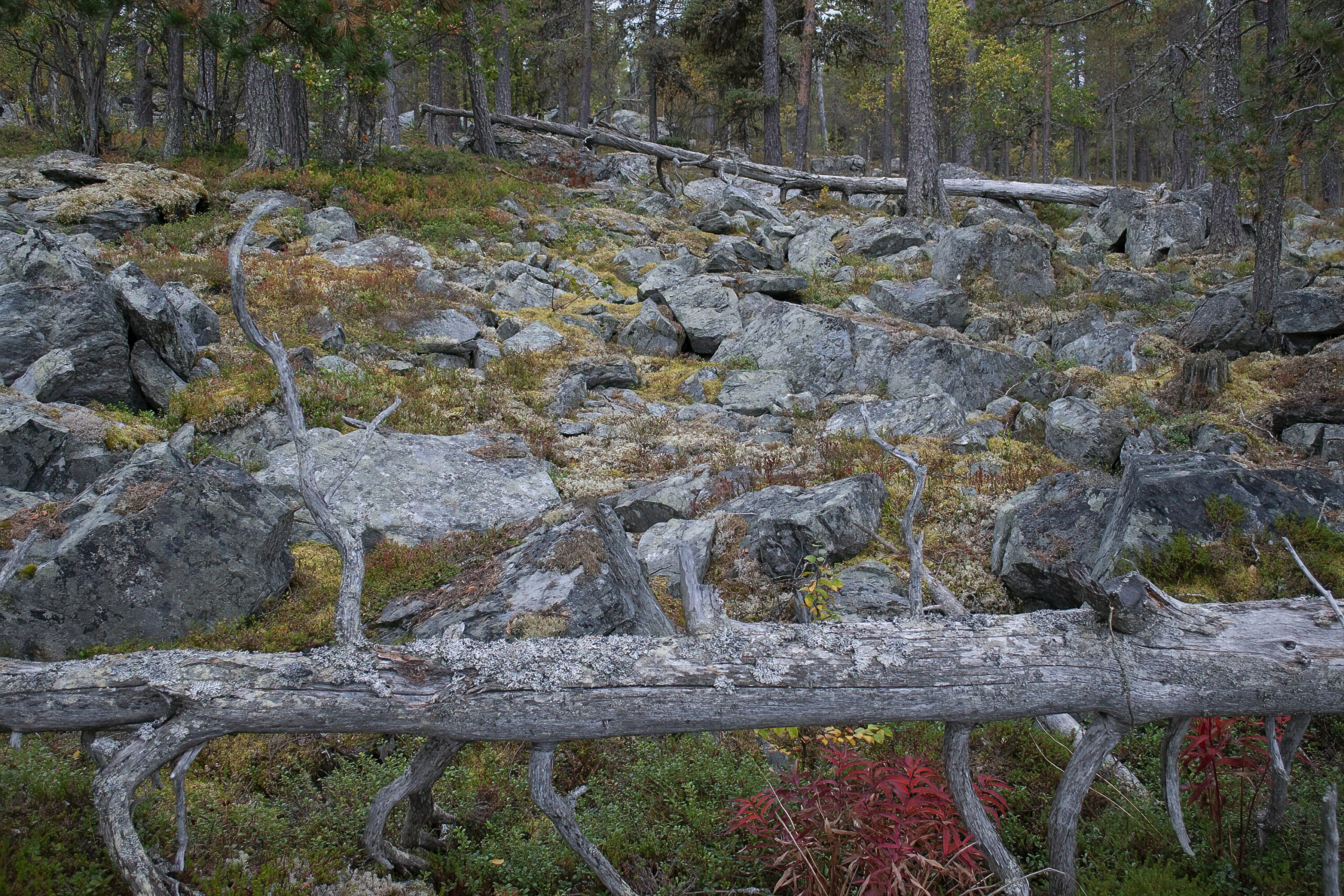


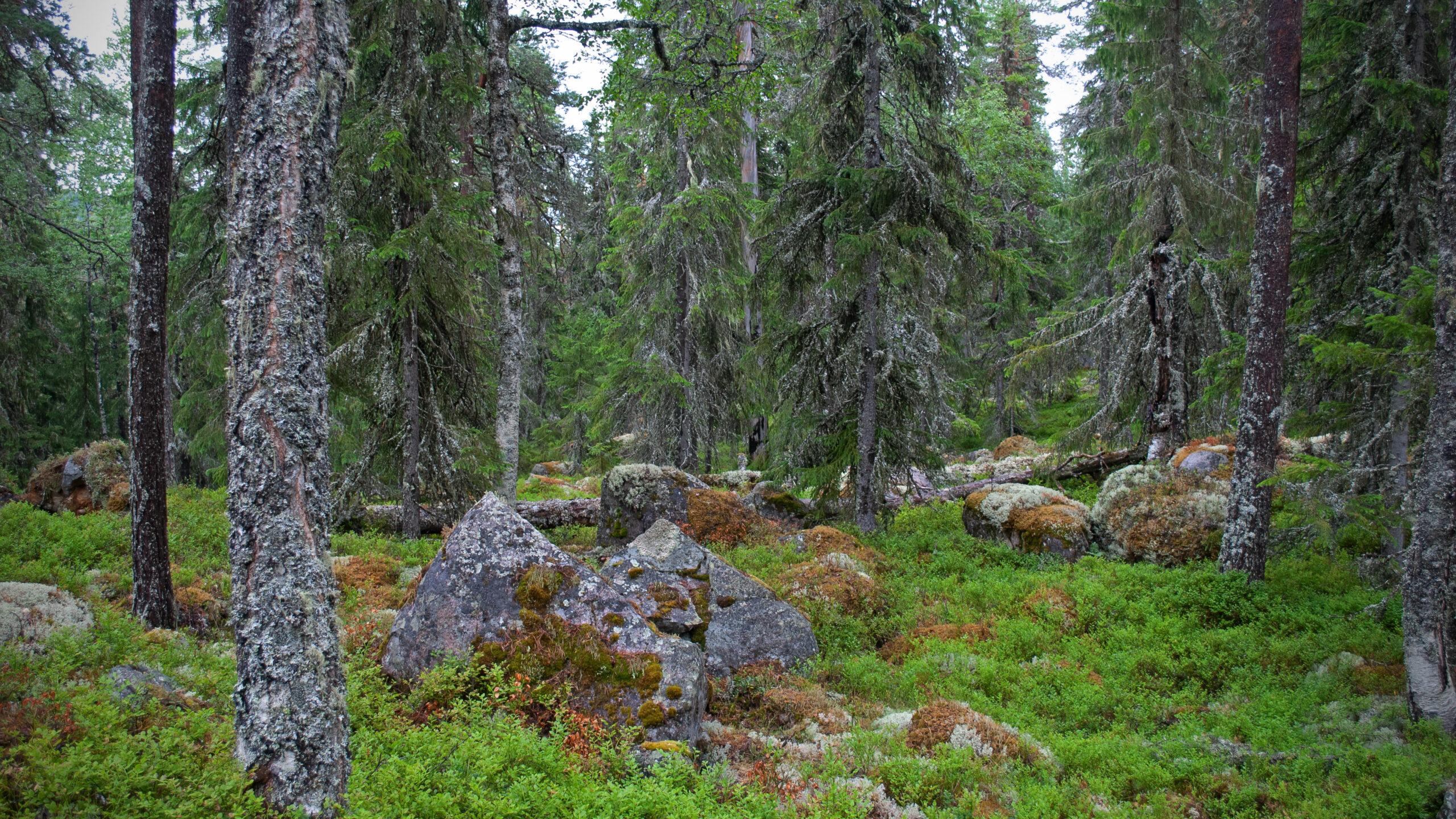
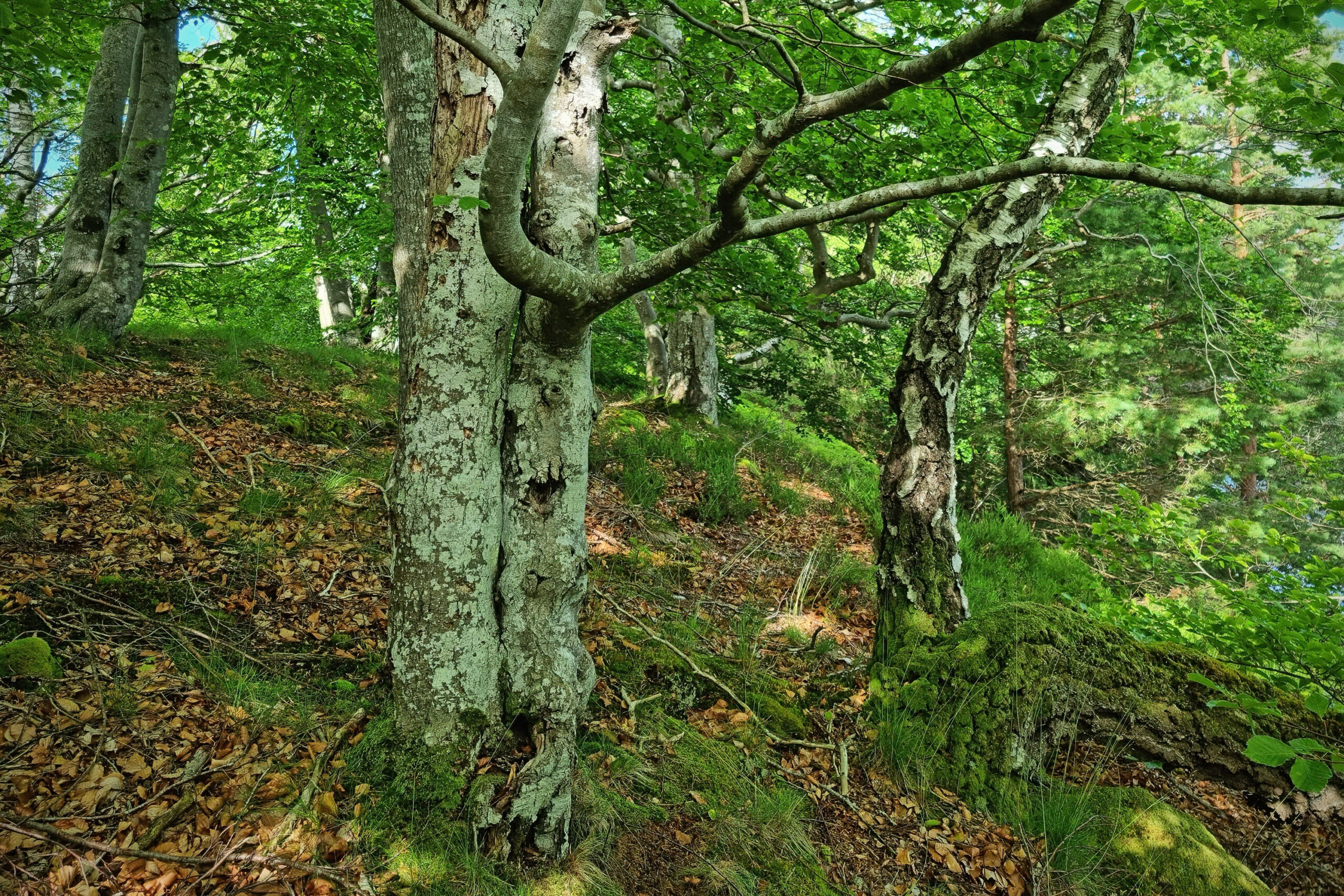
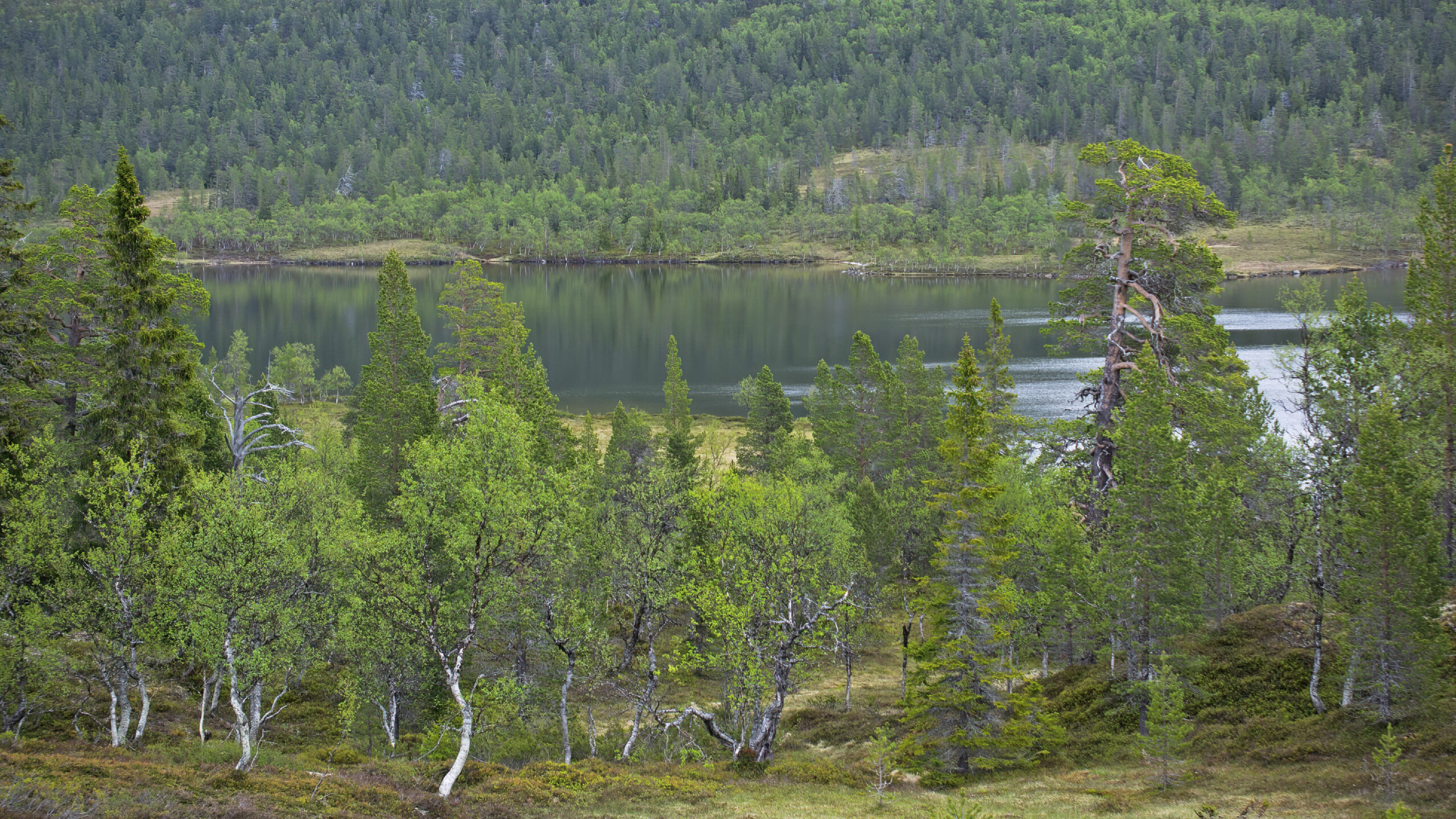
Photos from Sweden and Norway. The Red list categories in the photo captions are from the Swedish National Red List 2020.











